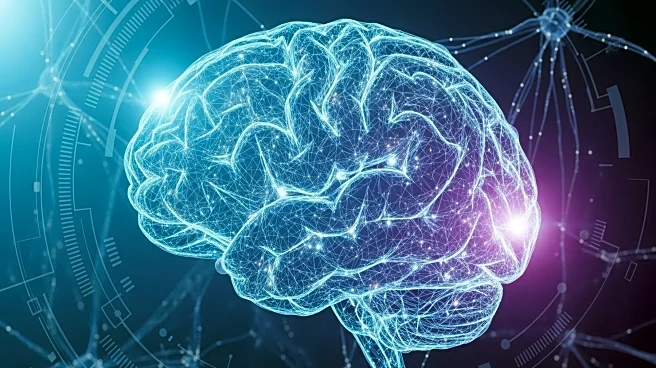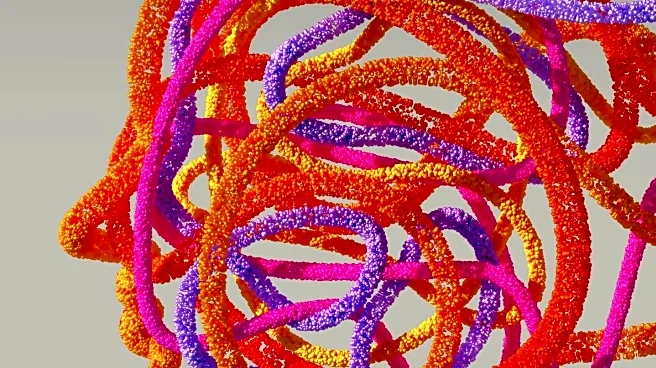What's Happening?
Delix Therapeutics has published a study in ACS Chemical Neuroscience demonstrating that zalsupindole, a non-hallucinogenic neuroplastogen, promotes neuroplasticity similar to ketamine and psychedelics.
The study reveals that zalsupindole engages serotonergic receptors to drive rapid structural and functional neuroplasticity in the cortex, lasting beyond the drug's clearance from the body. Unlike traditional psychedelics, zalsupindole does not induce hallucinations or dissociation, offering a favorable safety profile. The compound is currently being evaluated in a Phase 1b study for major depressive disorder (MDD), following promising Phase 1 results showing CNS engagement and no serious adverse effects.
Why It's Important?
The development of zalsupindole represents a significant advancement in neuropsychiatric treatment, offering the benefits of psychedelics without the associated hallucinogenic effects. This could lead to safer, more accessible treatments for conditions like major depressive disorder, potentially transforming the psychiatric treatment paradigm. The ability to promote neuroplasticity without inducing psychotomimetic effects may broaden the therapeutic applications of neuroplastogens, providing new options for patients with difficult-to-treat disorders. Delix Therapeutics' research contributes to the growing field of non-hallucinogenic psychedelics, which could revolutionize mental health treatment.
What's Next?
Delix Therapeutics is completing a Phase 1b study of zalsupindole in patients with major depressive disorder, which could pave the way for further clinical trials and eventual FDA approval. The company aims to develop a pipeline of neuroplastogens that offer rapid, effective treatment options for various neuropsychiatric conditions. As research progresses, the medical community may see increased interest in non-hallucinogenic psychedelics, potentially leading to new collaborations and funding opportunities. The publication of this study may also stimulate further scientific exploration into the mechanisms of neuroplasticity and its therapeutic potential.











